Cincinnati Local Lab
Creating the Greater Cincinnati Makers Collaborative
The Greater Cincinnati Makers Collaborative (GCMC), a Mechanism Local Lab, was created to help small-batch manufacturers and makers scale their businesses, increase the number of individuals owning and operating stable, sustainable enterprises and people employed in well-paying, meaningful making-based jobs that offer career pathways, and to maintain a shared understanding and vision for the broader manufacturing community in Cincinnati.
The GCMC consists of makers, manufacturers, and supporting organizations, and collaborates with the community to create strategies in response to the ecosystem’s needs and concerns, while giving voice to liaise with policymakers, city and state governments, and other service providers.
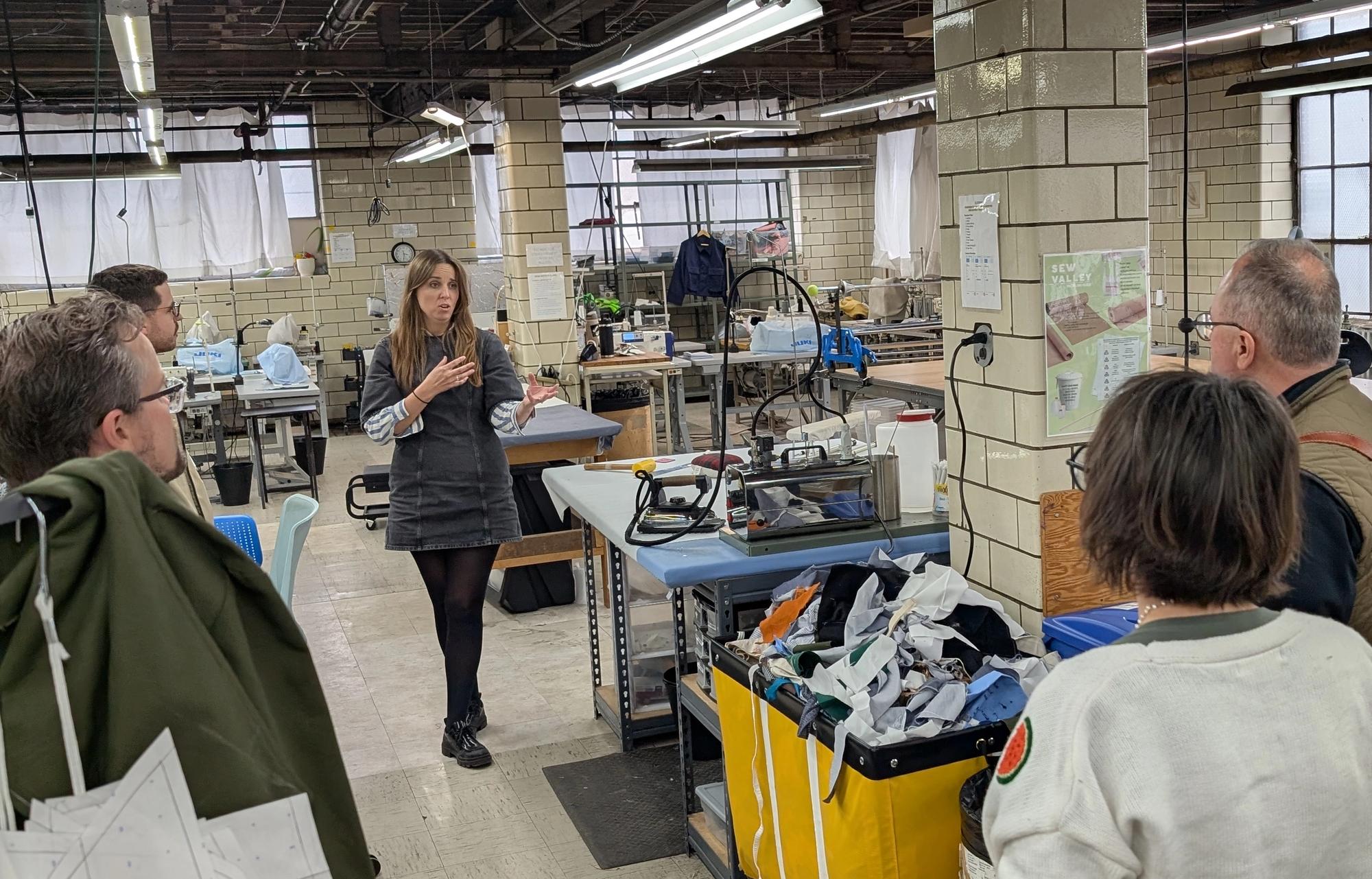
About
Background
Mechanism’s own research1 has shown that Local Branding Initiatives (LBI) are an impactful way to help communities, manufacturing business owners, and workers. An LBI creates an entrepreneurial ecosystem of stakeholders and service providers that responds to the unique needs and qualities of makers and manufacturers in the region to grow their businesses and to establish a resilient regional economy.
In late 2020 and early 2021, LISC (Local Initiatives Support Corporation) Cincinnati engaged Mechanism as expert consultants to help local stakeholders better understand the concept and value of an LBI for Cincinnati.
At two meetings convened by LISC, we presented to a diverse set of practitioners, including: Grow Avondale; Price Hill Will; Santa Maria Community Services; The Neighborhood House; Madisonville Community Urban Redevelopment Corporation; Walnut Hills Redevelopment Foundation; College Hill Community Urban Redevelopment Corporation; The Center for Great Neighborhoods; Hive 13 Makerspace; Art Gallery; MORTAR; Sew Valley; Federal Reserve Bank of Cleveland; Port of Greater Cincinnati; and University of Cincinnati.
These convenings were dedicated to:
- connecting organizations
- creating a shared vision for equitable economies
- introducing LBIs—including the development process and examples in other cities
- uncovering interest to stay engaged and contribute to next steps
Between February and September 2022, Mechanism organized four large group discussions and working sessions (one in person and three online), hosted monthly small group working sessions with three local partners, reviewed Cincinnati-centric and national supporting research, and built a database of manufacturing ecosystem members, which consists of manufacturing and maker-based businesses and supporting organizations. In total, Mechanism interacted with 33 members of Cincinnati’s maker and manufacturing community representing 25 businesses and support organizations.
In October 2022, Mechanism published our findings in a feasibility study and summary. In it we compiled our recommendation to establish the Cincinnati Makers Collaborative.
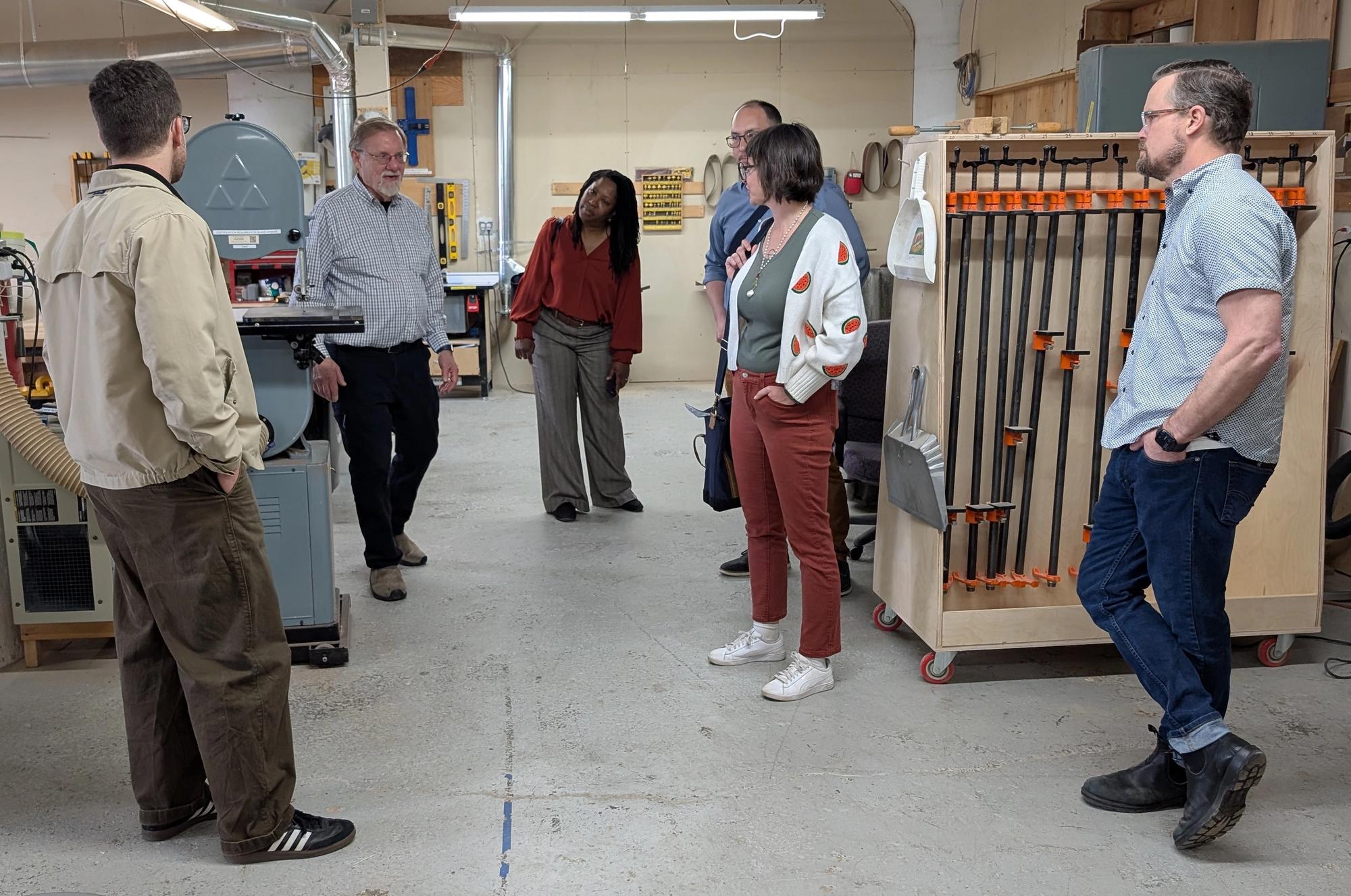
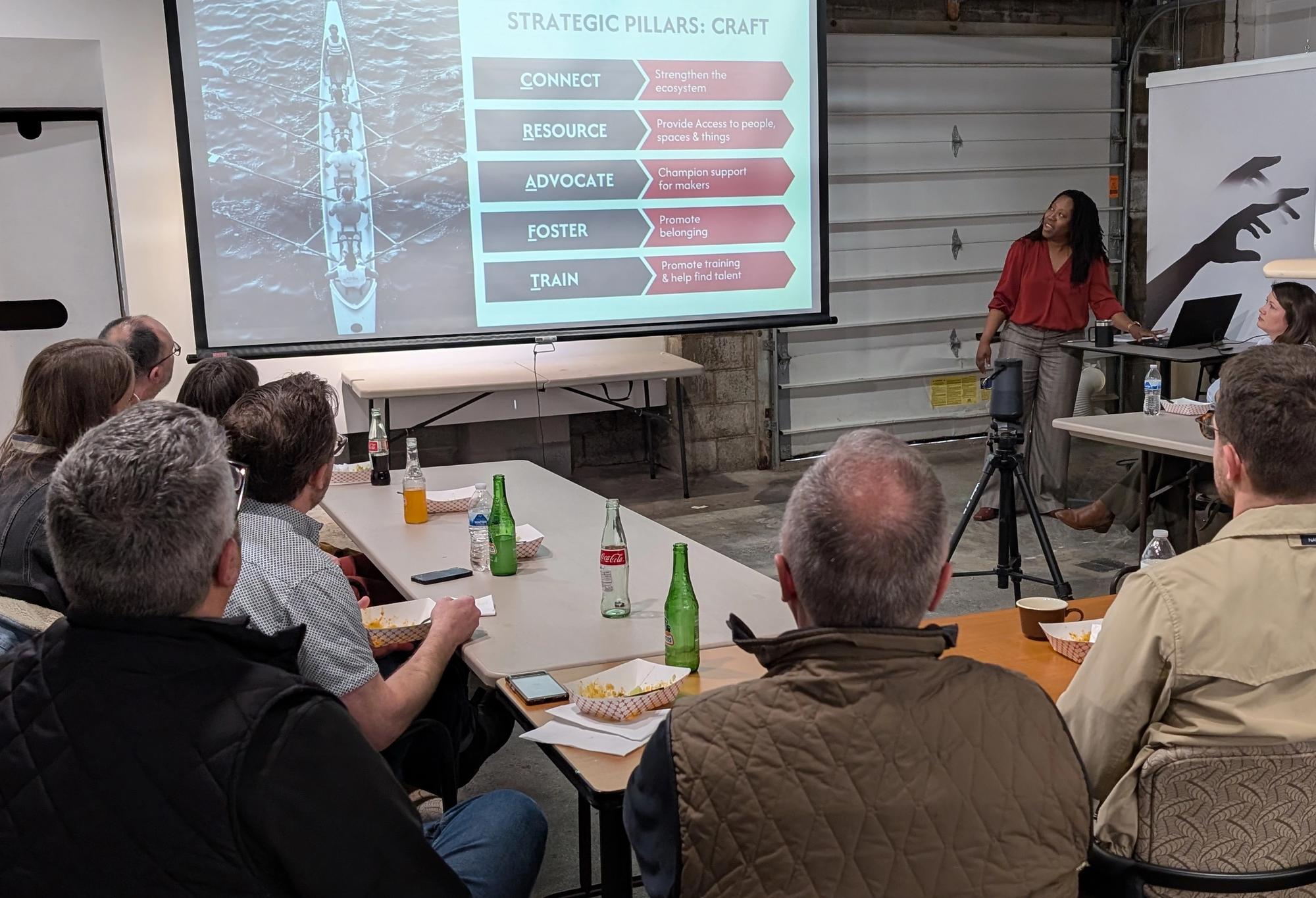
Goals & Objectives
Between October 2022 and May 2023, we officially kicked off the Greater Cincinnati Makers Collaborative process. Our first objective was to move from the Steering Committee to the creation of a Collaborative.
To start, Mechanism met with leaders of the Steering Committee (Sew Valley, Findlay Market, The Remake Project, PAR-Projects, Wave Pool Gallery, Hive 13, Queen City Clay, and University of Cincinnati’s Groundfloor Makerspace) to determine their interest in continuing to design and build out the GCMC.
These conversations set the following goals for the Design Phase:
- Define and establish the Greater Cincinnati Makers Collaborative
- Create shared storytelling materials to increase the awareness and importance of being a maker in Cincinnati
- Develop and maintain a resource directory, aggregating the services and organizations that provide support for makers, manufacturers, and entrepreneurs widely
- Engage with policy makers and decision makers to build support for the Collaborative, existing programs offered by the Collaborative and other supporting organizations, and future programming to be defined
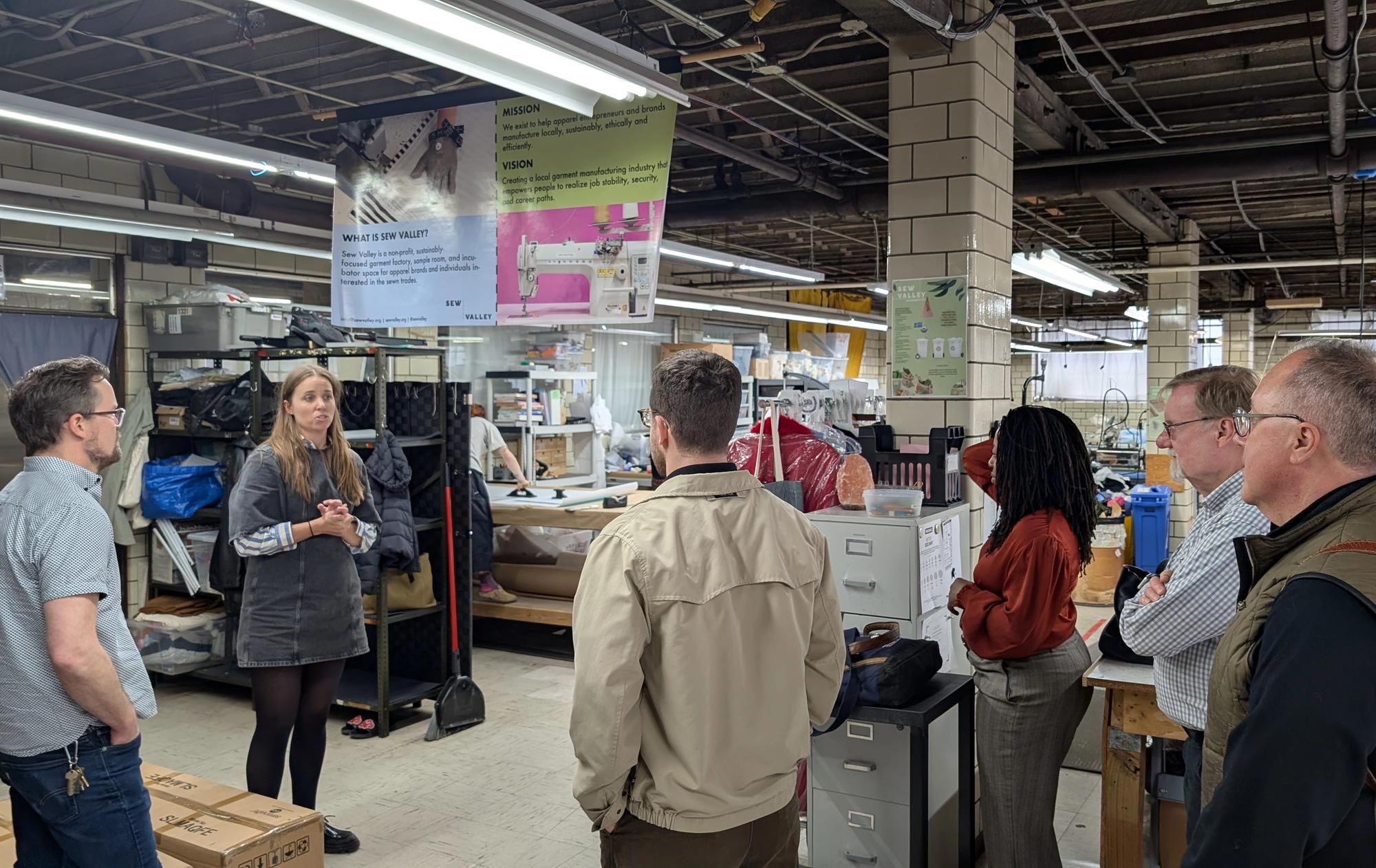
Activities & Achievements
The Greater Cincinnati Makers Collaborative, which consists of makers, manufacturers, and supporting organizations, has been up and running since summer 2025. The GCMC’s distributed governing body with an entrepreneurial ecosystems-based strategy works to make sure new systems are equitable and that resources fit the needs of scaling businesses, while providing a dependable place to go for support. The GCMC collaborates with the community to create strategies in response to the ecosystem’s needs and concerns while giving voice to liaise with policymakers, city and state governments, and other services providers.
- We have held recurring sessions with the City’s Office of Economic & Community Development and the Port Authority, and met with SBA, CRC, TechSolve, SCORE, and Hamilton County Recycling & Reuse Hub to explore collaboration.
- We created a forum where makers could share needs and opportunities directly, and designed a new “maker concierge” approach, with a pilot about to begin (in later 2025).
- Internal discussions identified possibilities such as a material re-use hub serving as an anchor tenant in a project co-located with maker studios.
- We brought makerspace leaders into economic development conversations so decisionmakers could see the maker growth path: from learning, to launching, to outgrowing shared space, to needing light-industrial facilities.
- We also advanced Collaborative governance language and continued building a living resource directory.
- Together, these efforts opened pathways toward initiatives like blight removal, youth workforce development, and green jobs while strengthening relationships and momentum for collaborative projects.
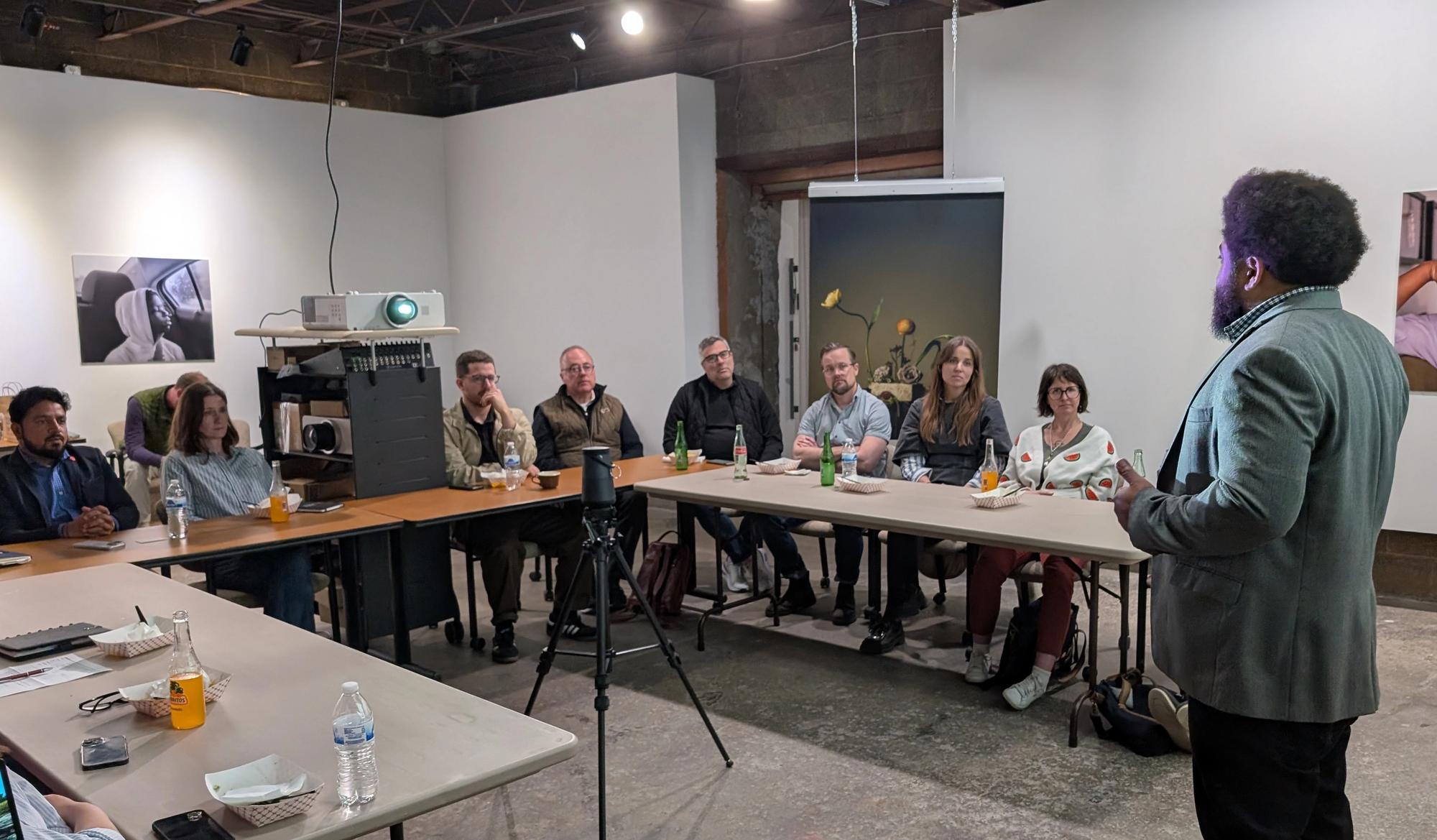
GCMC's ongoing activities
Bridging Silos
Connecting agencies, technical partners, and circular-economy groups to maker needs and insights. These relationships are opening opportunities in space, equipment, training, contracts, and funding.
Space Pathway Clarity
Makerspace leaders mapped the maker journey from skills to revenue to light-industrial space. We also built journey maps from individual narratives to capture lived experience and guide system solutions, highlighting gaps that prevent scaling.
Youth & Workforce Exposure
There is interest in exposing youth to making as a career pathway. Policymakers have also emphasized green-economy jobs and mobility goals. Together, these perspectives point to opportunities for linking youth pipelines with adult employment priorities.
Readiness for Crisis and Opportunity
Benchmarking showed that cities with pre-existing ties responded more effectively during COVID, mobilizing quickly for crises, grants, and contracts. By building ties now, Cincinnati will be better positioned to stabilize businesses and seize opportunities.
These efforts are translating lived experience into strategies that lower barriers, expand opportunities, and support long-term sustainability. The result will be a stronger foundation for economic mobility across the maker community, with future phases focused on amplifying the voices and opportunities.
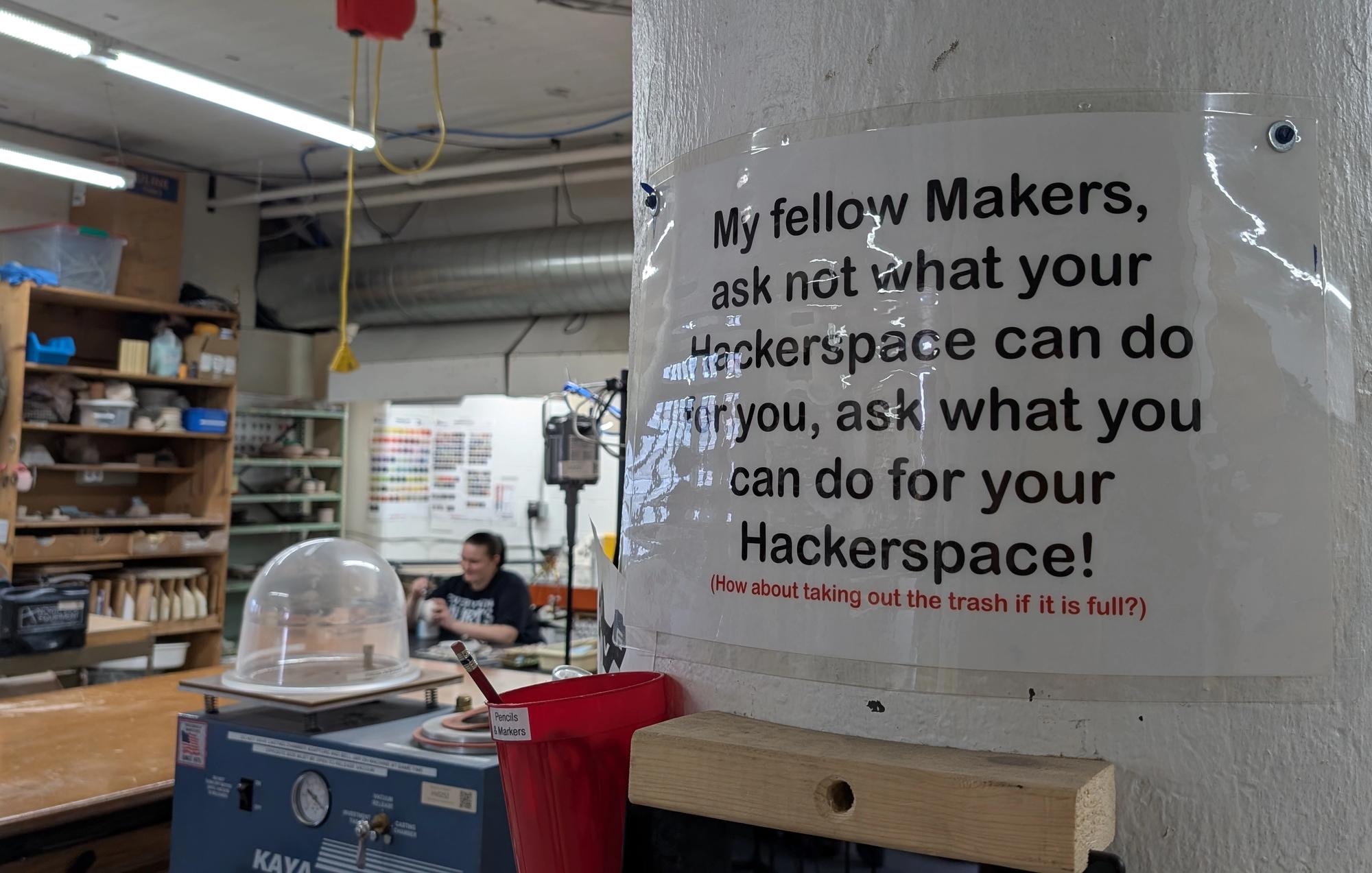
Meet the Participants
Today, the Greater Cincinnati Makers Collaborative is established with five active core members:
Ben Jones | UC 1819 Makerspace
Jonathan Sears | PAR-Projects
Dave Velzy | HIVE13
Jake Harrington | Oku Studios
Leslie Whitford | Xavier University
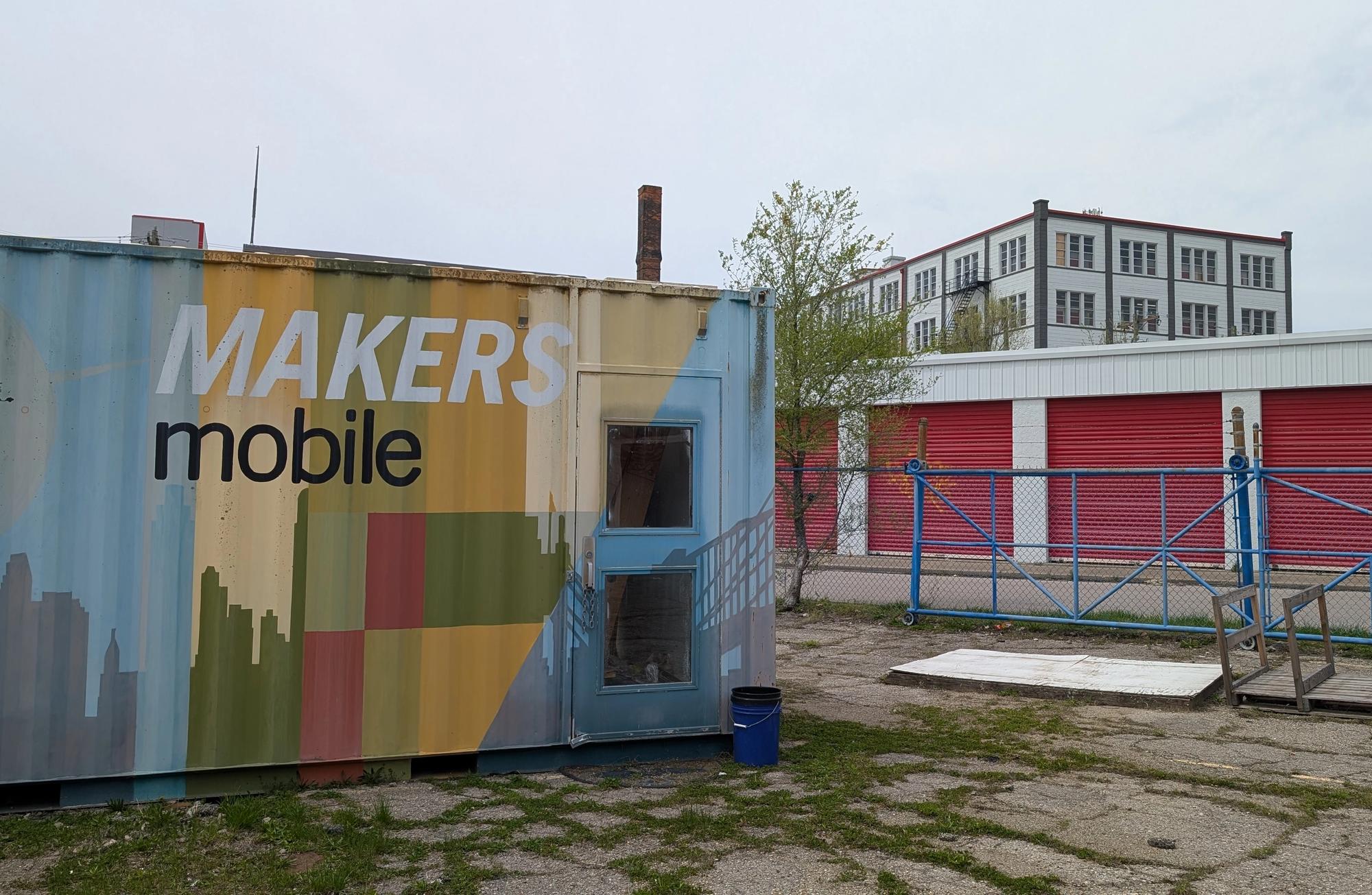
Resources
The Makers Collaborative is leveraging maker stories to amplify voices, inform partners, and shape journey frameworks that strengthen support for small-batch manufacturers. The storytelling platform has four narratives published and a fifth in progress, with three more planned by year-end. Read the stories here, and new ones will be added regularly to sustain visibility, advocacy, and policy influence for maker needs.
The Makers Collaborative is building a trusted resource directory to strengthen economic mobility infrastructure for small manufacturers. We began by compiling resources from member organizations as a reliable foundation. Next, we will add vetted recommendations from makers and open a public submission form with review criteria. With regular reviews built into a designated role, the directory will remain accurate, transparent, and a practical tool for navigating growth and expanding opportunity.
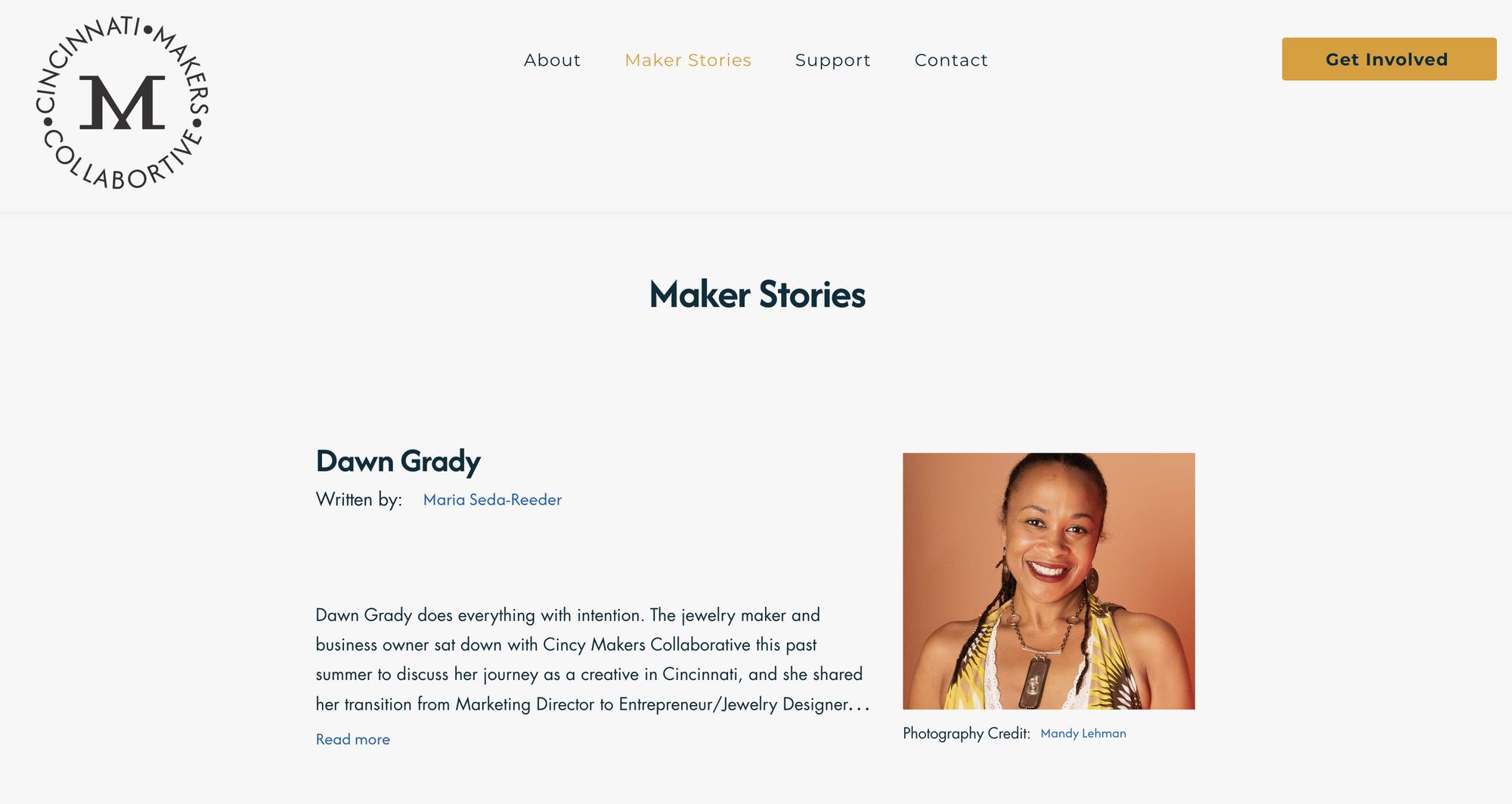
Resources for Local Branding Initiative (LBI)
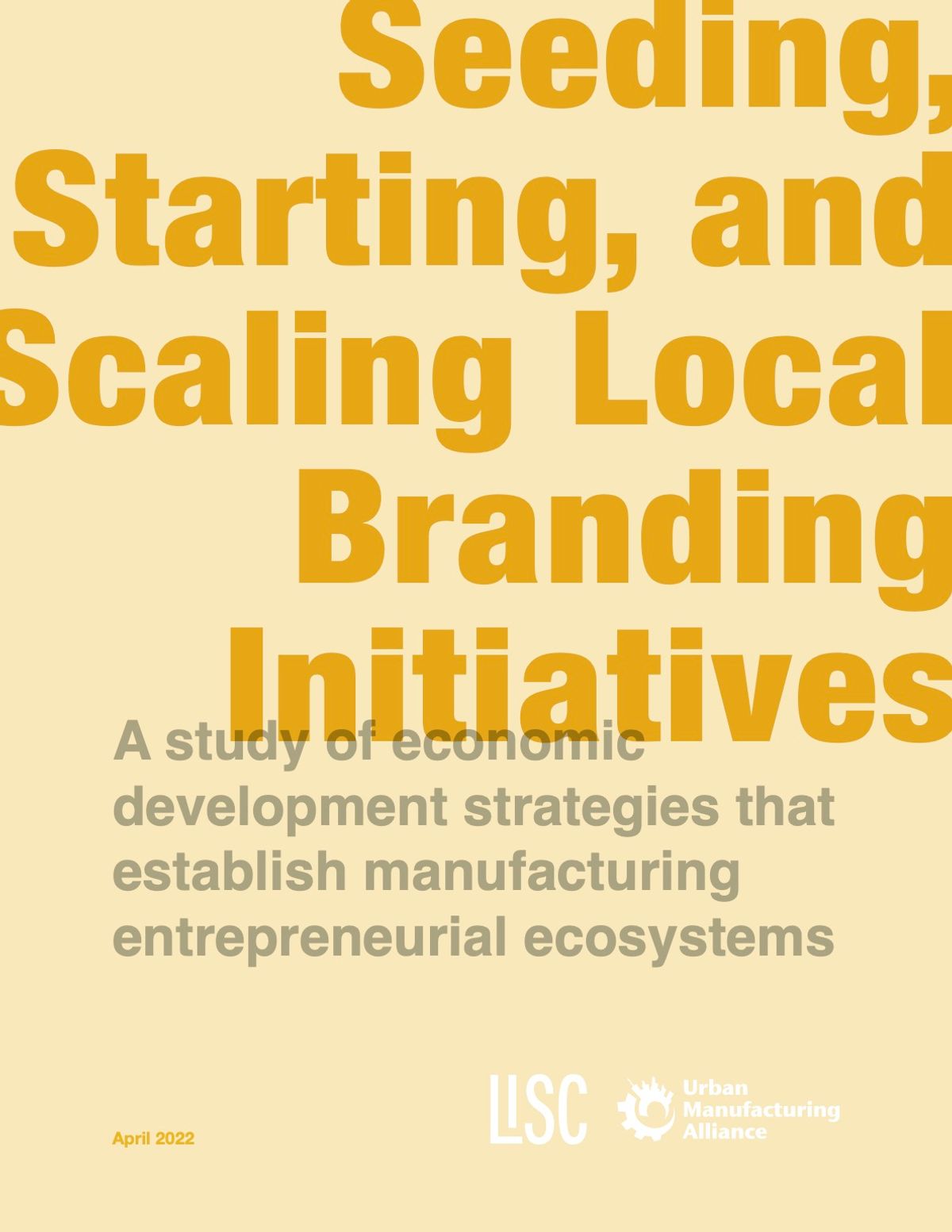
Seeding, Starting, and Scaling Local Branding Initiatives
A study of economic development strategies that establish manufacturing entrepreneurial ecosystems
April 2022
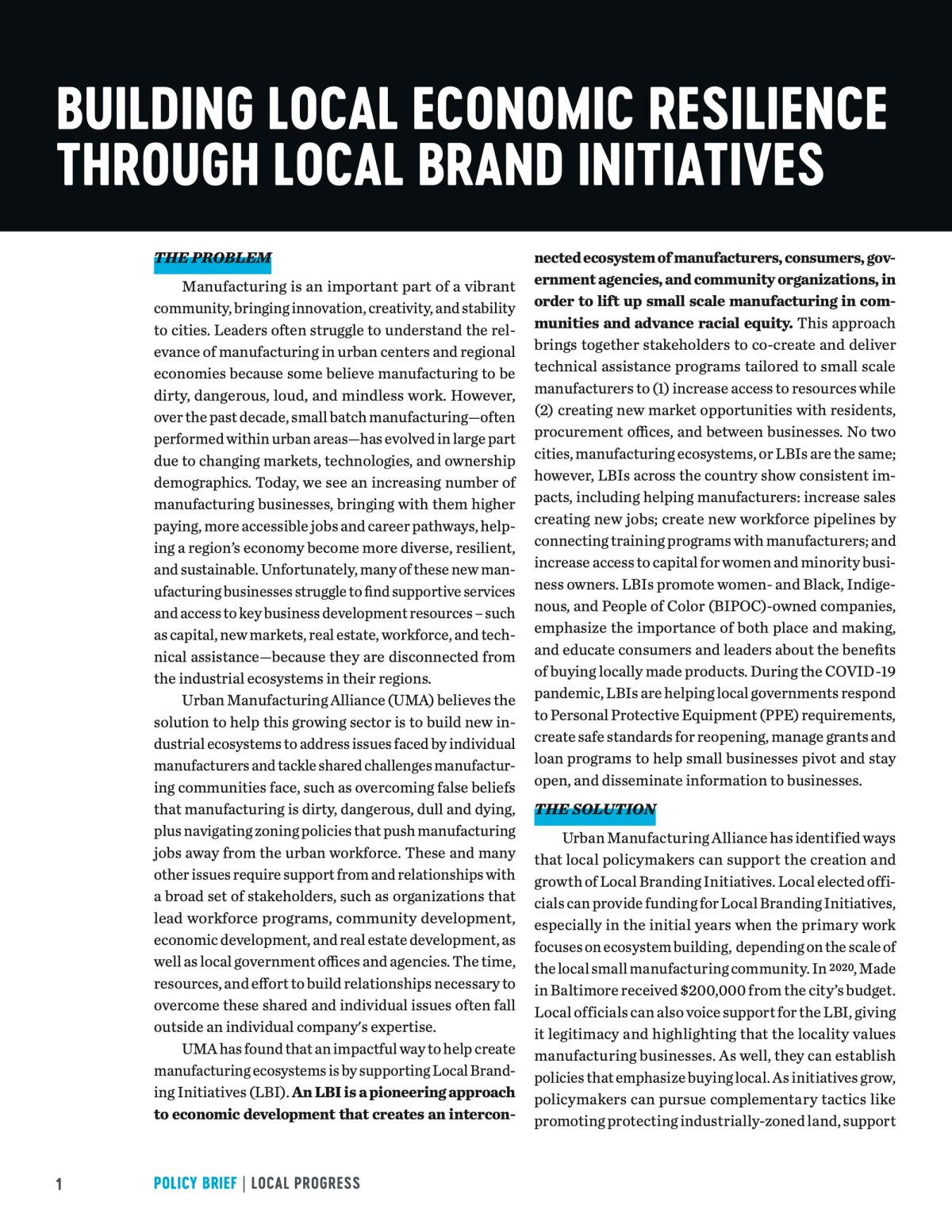
Building Local Economic Resilience Through Local Brand Initiatives
May 2021
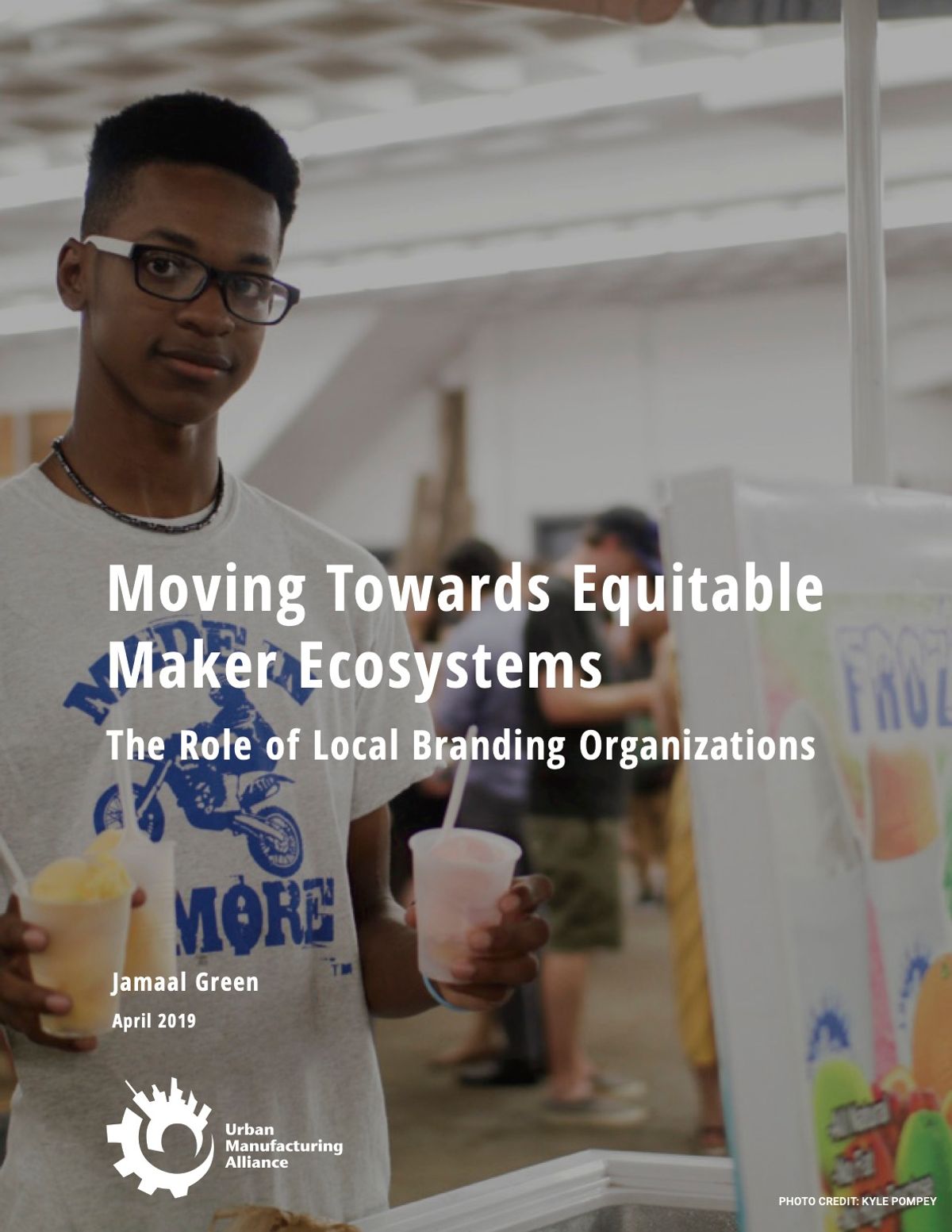
Moving Towards Equitable Maker Ecosystems
The Role of Local Branding Organizations
April 2019
About Mechanism Local Labs
The Greater Cincinnati Makers Collaborative is a Mechanism Local Lab.
Local Labs make visible the challenges and opportunities for starting, scaling, and sustaining production ecosystems. Our process allows business owners and workers to work with and alongside each other and a wide variety of industry, intermediary, and community stakeholders, inclusive of a wide variety of identities (age, citizenship, race, gender, employment status, etc). The Local Lab process intentionally brings them all together to better understand and envision the collective benefits and impacts local production can have on a place. Successful Labs co-create, co-design, and build new resources, services, systems, and policies that better support production ecosystems, leading to more thriving and resilient workers, businesses, communities, and places.
Local Labs have three phases: Learn, Design, and Build; however, every engagement doesn’t have to include each of them and each is tailored to a community’s needs.
Learn
Identifying and organizing a local manufacturing ecosystem; building trust and relationships across a wide variety of stakeholders; uncovering shared needs, opportunities, and challenges; defining recommendations to invest in.
Design
Completing an iterative design process to fully describe prioritized recommendations from the Learn Phase and generating an in-depth action plan that includes: resource needs; an estimated timeline; staffing and partnership requirements; and impact statement.
Build
Facilitating the implementation of the action plan while getting early adoption and buy-in from businesses (if funding allows and the community calls for it).
Meet the Team
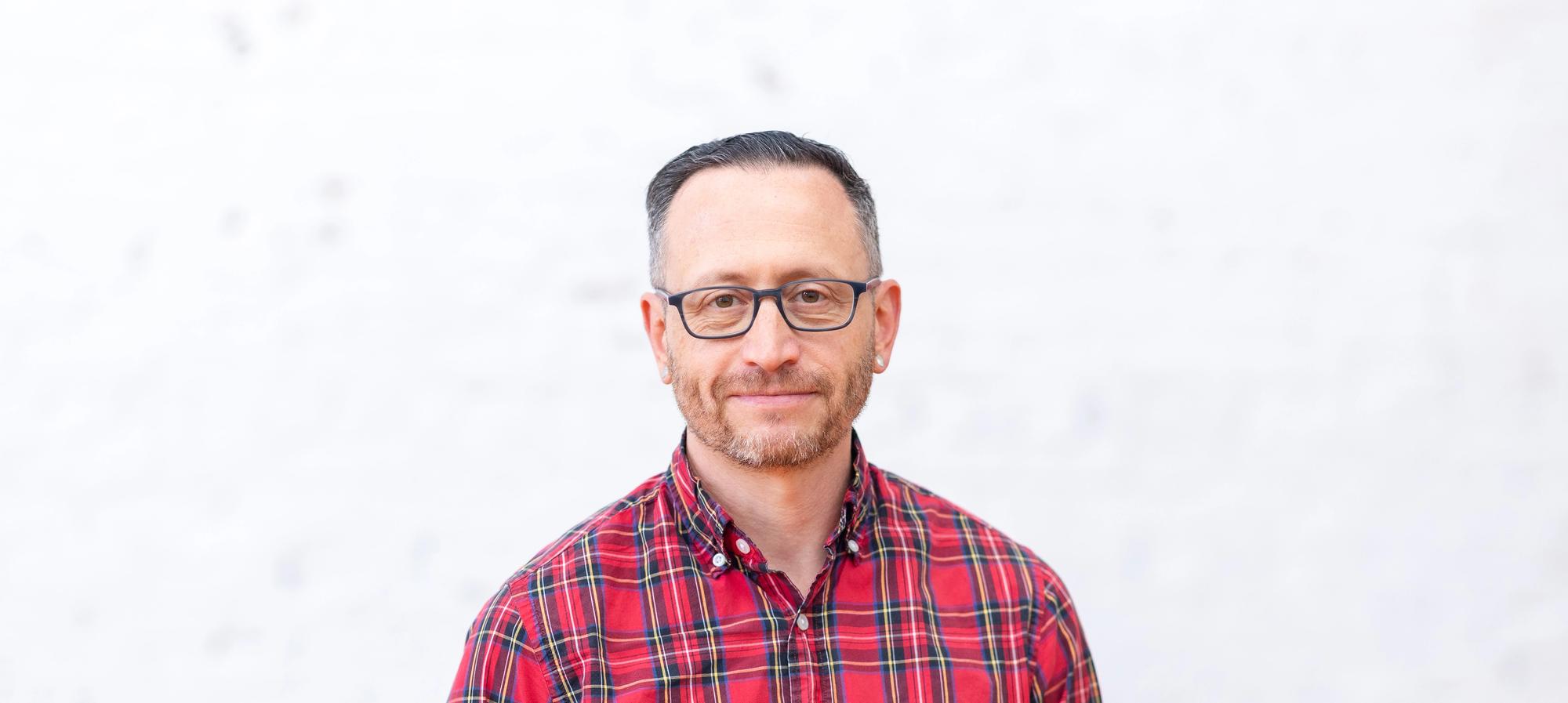
Andrew Dahlgren
Associate Program Director

Alisa Baraza
CEO & Founder
Baraza Impact Design Studio
Want to bring this type of project to your city?
If you would like to learn how to bring a Local Lab to your place, reach out.